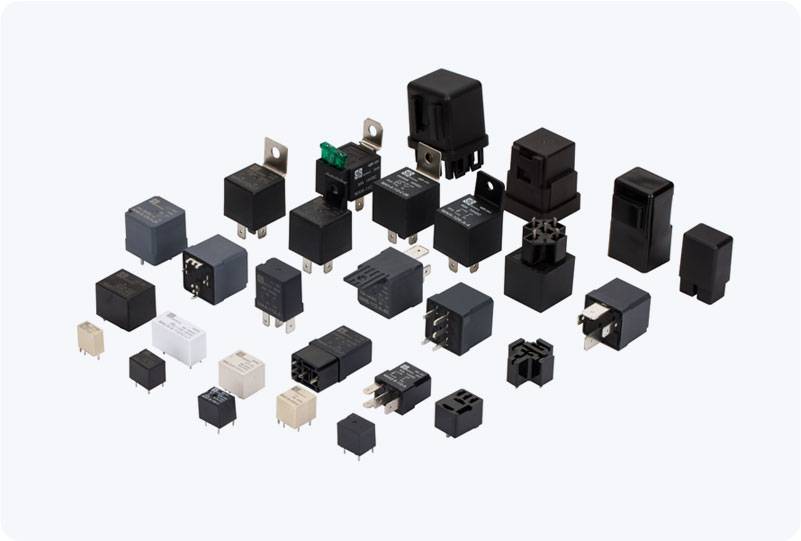understanding electric vehicle high voltage relay: key components for safety and efficiency
Release time:2025-07-21 04:15:32
Electric vehicles (EVs) have revolutionized the automotive industry by providing a cleaner, more sustainable alternative to traditional vehicles powered by internal combustion engines. A critical component in the functionality and safety of EVs is the Electric Vehicle High Voltage Relay, which plays an essential role in managing high-voltage circuits within the vehicle. This article explores the function, importance, and applications of high voltage relays in electric vehicles, highlighting their significance in ensuring both operational efficiency and safety.

What is an Electric Vehicle High Voltage Relay?
An Electric Vehicle High Voltage Relay is an electronic switching device used to control the high voltage circuits in electric vehicles. These circuits typically involve the battery system, electric motor, and charging infrastructure, all of which require precise control over the flow of electricity. The relay serves as a gatekeeper, allowing the high-voltage system to be safely engaged or disconnected based on the vehicle’s operational needs.
Key Functions of the High Voltage Relay
The primary function of the high voltage relay is to switch high voltage circuits on and off safely. EVs operate with battery packs that generate high voltages, often exceeding 400V, and the relay ensures that these circuits are only live when needed, preventing unnecessary risks. Here are the key functions of high voltage relays in electric vehicles:

